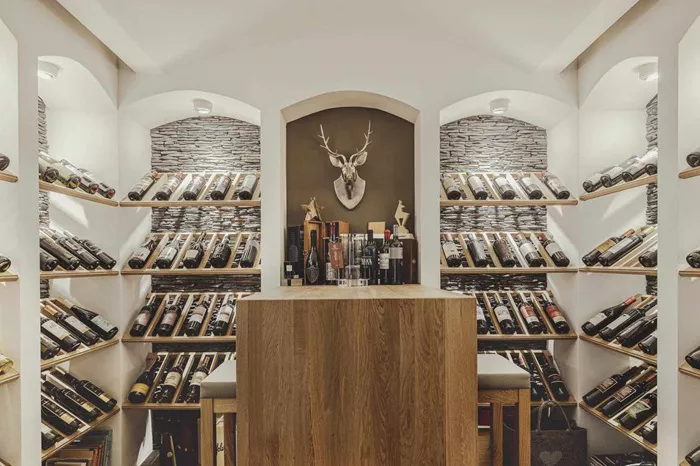Recent findings published in the Harvard Data Science Review spotlight the transformative role artificial intelligence (AI) is playing in the centuries-old art of wine evaluation, offering profound implications for producers, consumers, and the global wine economy.
Dr. Jing Cao, a statistics professor at Southern Methodist University (SMU), has been a leading figure in wine economics research for over a decade. With more than ten academic publications, Cao’s work has evolved from traditional statistical analysis of wine tasting data to cutting-edge AI-driven modeling of wine-related language. Her pioneering contributions have earned her recognition as the only statistician elected as a fellow of the American Association of Wine Economists. She was also recently named a Fellow of the American Statistical Association.
“Some winemakers want to keep the traditional analysis process without any changes, but that is wishful thinking,” said Cao, who also serves as director of Graduate Studies and chair-elect in SMU’s Department of Statistics and Data Science. “AI algorithms will continue playing an increasingly important role in every stage of the process.”
Her research gains significance in light of longstanding inconsistencies in human wine judging. For instance, studies from the California State Fair Commercial Wine Competition revealed that fewer than 10% of judges provided consistent evaluations when tasting the same wine under different labels.
In one of her recent papers, Cao explores the capabilities of AI systems to revolutionize wine assessment. These systems can:
- Predict wine quality from chemical properties with accuracy comparable to expert sommeliers
- Generate wine reviews that are virtually indistinguishable from those written by human critics
- Identify individual taste preferences after analyzing as few as five wine ratings
- Pass theoretical exams for sommeliers without ever sampling wine
Another study, co-authored by Cao and graduate student Chenyu Yang, introduces the attention-based multiple instance classification (AMIC) model. This AI model interprets wine-specific vocabulary to identify which words influence quality ratings. Unconventionally positive descriptors—such as “stained,” “carpet,” and “fabric”—were shown to signal higher-quality wines, while seemingly pleasant words like “quick,” “breezy,” and “easygoing” were more likely to indicate lower sophistication.
The AMIC model not only achieved a high classification accuracy of 89.26%, but also offered interpretability—a critical advance over many opaque “black box” AI tools. By integrating word embedding, multiple instance classification, and self-attention mechanisms, the model reveals the nuanced sentiment embedded in wine language, making it clear how decisions are reached.
In a broader context, Cao collaborated with economist Karl Storchmann to chronicle the development of wine economics since the 1980s. Their third paper identifies three key areas of research: wine as an investment asset, the impact of climate change on production, and the role of expert opinion in shaping market prices.
According to Cao, AI now enables researchers to evaluate the relationship between weather patterns and wine quality with greater precision than traditional methods. These advancements build on foundational work by economists who first applied quantitative tools to wine analysis decades ago.
Yet, even as AI systems grow more capable, Cao underscores the importance of maintaining a human touch in wine appreciation. Her research poses essential questions: Should decision-making in wine production, selection, and tasting be fully entrusted to machines? Or should AI serve in a complementary role, supporting—rather than replacing—the sensory pleasures and serendipity that define the wine experience?
For enthusiasts, investors, and professionals alike, the research points to a future where AI enhances wine evaluation while preserving the cultural and emotional elements that make wine so enduringly captivating.
You Might Be Interested In:


